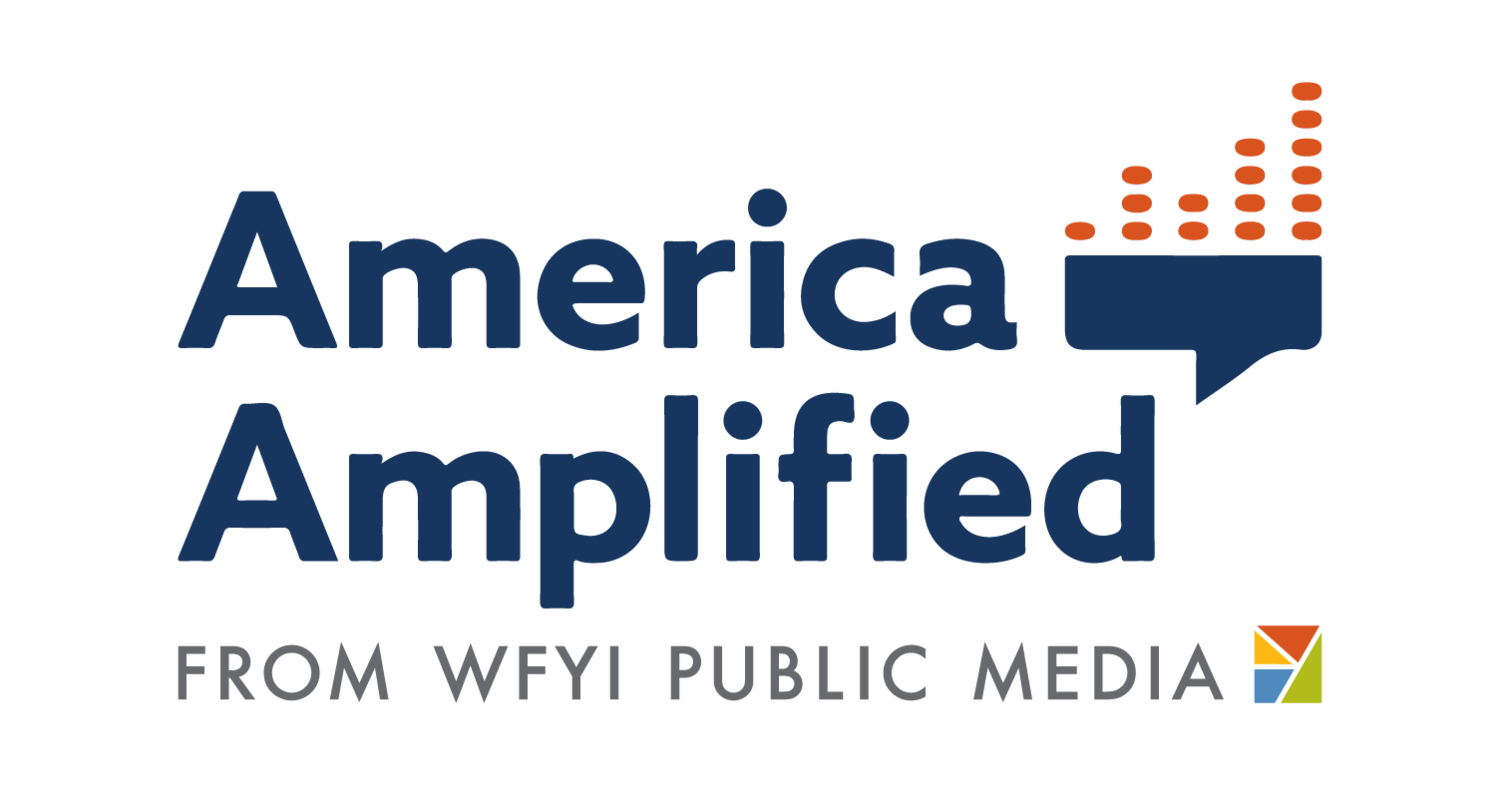
Keeping it Going
Reporters and Producers
Continuously re-engage with communities
The most important part of engagement is in the follow-up and follow-through. This is the difference between extractive and engaged journalism. “Extractive journalism” is defined as reporting on communities without input or accountability – you can read more about this practice below. Re-engaging with the communities you report on and with is how you strengthen a new relationship, foster trust and show that your newsroom is committed.
Share your story with the communities you engaged with — an often forgotten step — and invite feedback.
Post the story on your station’s Facebook page AND to a Facebook Group that would be interested.
Email a link to the story to all the people and community groups with whom you engaged.
On Twitter, tag the people who should see the story, like politicians or cities where appropriate. But don’t turn your Tweet into “tagsoup” by tagging too many people!
On Instagram, feature those great visuals! A quote block or carousel of insights from the story can also look great.
Monitor the comments and responses and respond to questions. You may even find other story ideas!
Keep the connection going. If you’re really committed to this community, show it. Make arrangements to do this work again. Or if you don’t have those resources, check in with your closest sources at least twice a year, if not more often (put the appointment on your calendar now).
Foster new communities.
Invite new sources to participate in other coverage. Maybe you’re holding a listening session on another topic, or a Facebook Live event. Send a personalized invitation to your new contacts to join you on this different platform.
Foster virtual communities. Is there a high-interest topic in your community (COVID-19? Racial justice?) or a popular beat (like food or politics)? You can create a community around this topic with an email group, text club or on social media (Facebook group, Reddit, Discord). Share your coverage and when it applies, point out that this journalism was made possible by THEM!
Review and share your work
Critique yourself.
While source audits reveal journalists’ gaps and biases and inform changes in whom you contact, a content critique or staff listening session can help you assess other parts of your coverage. Not just whom you talked to, but why you talked to them, how you told the stories, the language you used, and what stories you chose to tell.
News directors should make regular critiques part of the team workflow and expectations — otherwise it just won’t happen. Try scheduling one critique session a month in which the staff examines all the coverage from one day that month. Or assign two individuals per week for 1-3 months on a rotating basis to “be a listener,” i.e. tune in to on-air content and read digital content for one week and give feedback.
Expand these listening sessions to staff beyond the newsroom to bring in non-journalist perspectives, and perhaps even to advisory board members or regular listeners.
Share with your peers.
Create or become part of a cohort of engagement practitioners such as Gather, which has an active Slack channel and weekly newsletter. Find other people in public media committed to this journey and create your own cohort for support and innovation. Share what you’re doing and what you’re learning at conferences and meetings.
Don’t stop at inviting feedback.
After soliciting feedback, plan follow-up. Did you mischaracterize something? Could you clarify or dig deeper?
If there was a serious error, certainly issue a correction; but also take it a step further and commit to another story, or maybe even a two-way or interview on your local talk show between you and a source about the error.
Share with your whole station.
Circle back with your membership, development and marketing departments to share how you effectively met a community’s information needs. They’ll love sharing a story of impact with your donors, foundations and stakeholders who will be impressed with your innovative approach.
-
Read "Don't be an Askhole" — how newsrooms can create an ethical framework for engaged journalism.
Read a guide about how reporters can navigate the ethical dilemmas in the reporting process, especially with communities or people who have experienced harm.
Ready to continue your journey?
You are here.








